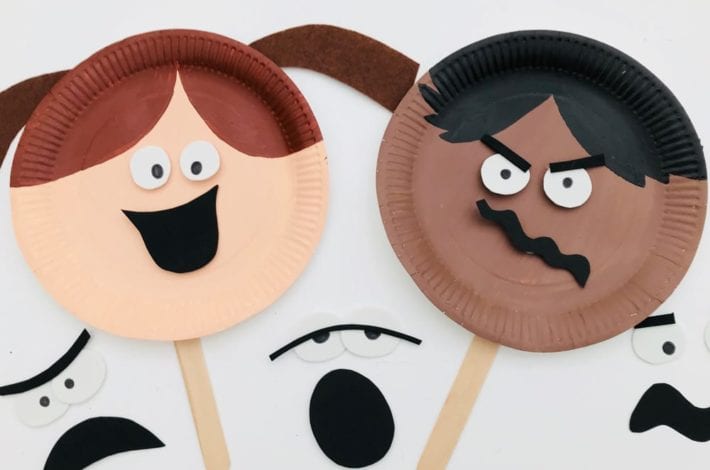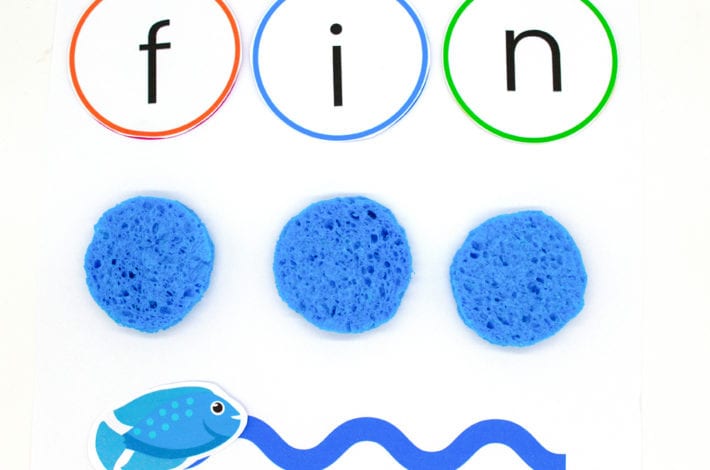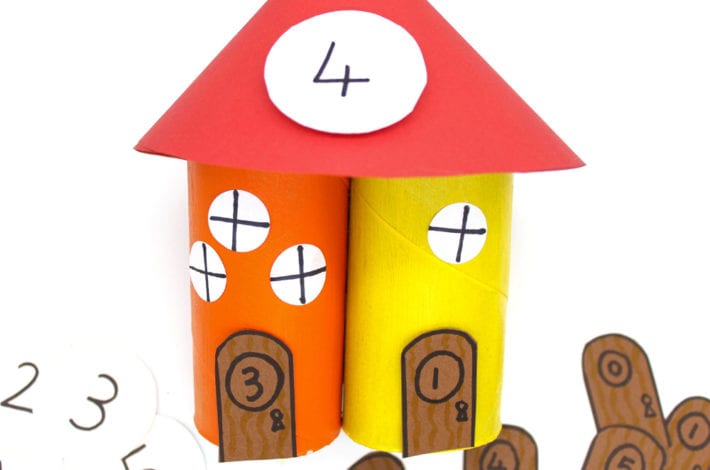

Kids Playtime Learning
What is the feeling called? What face do you make when you have this feeling? What makes you feel this way?
We have even included songs about our feelings which you can sing along together. That way your child can feel more able to talk about them. Expressing their feelings can become a part and parcel of their everyday lives.
They’ll learn to talk about how they are feeling in words and to recognise the different feelings that we all have.
Summary:
Time: 20 minutes
Age: Toddlers to Little Kids
Difficulty to make: Easy peasy
Curriculum area: Personal Social Health and Citizens Education (PSHCE)
Skills: Naming and exploring feelings
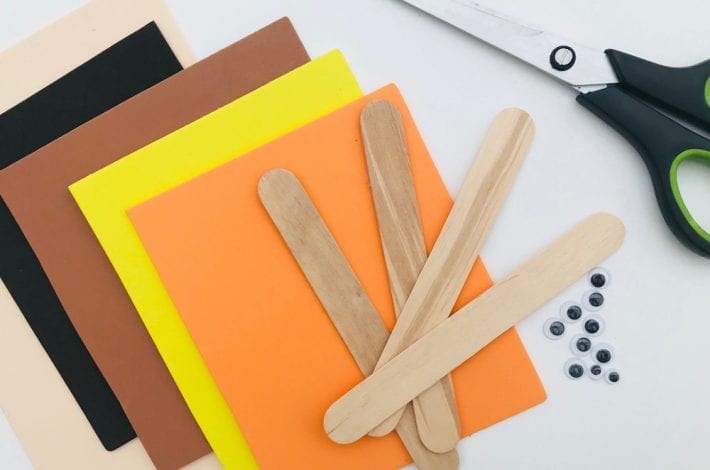

You will need:
- Foam sheets – various colours. Find on Amazon here.
- Popsicle sticks. Find on Amazon here.
- Googly eyes. Find on Amazon here.
- Scissors
- Glue
- Black Sharpie
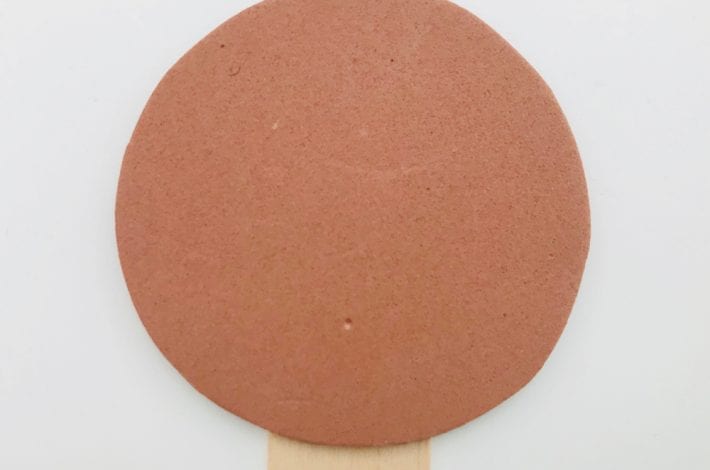

Step 1: Cut out circles for faces
Take your foam sheets and cut our several circles for your faces.
Glue them to the top of a popsicle stick.
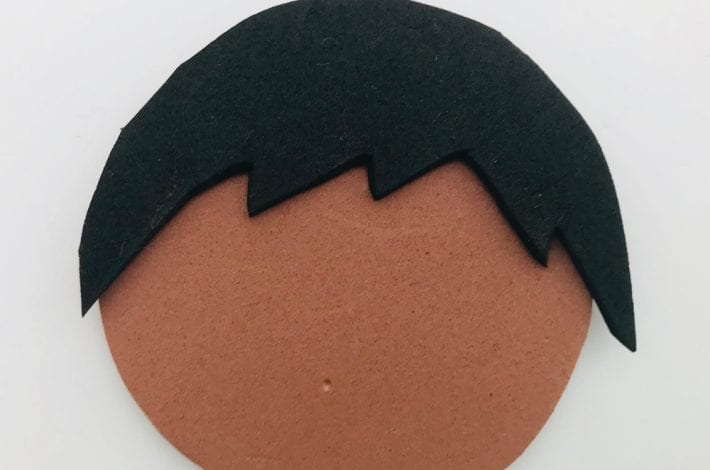

Step 2: Make the hair
Cut out hairstyles from sheets of foam. You can cut out any styles you like: long hair, short hair, spiky or smooth hair, blond or brown hair.
Glue them onto your faces.
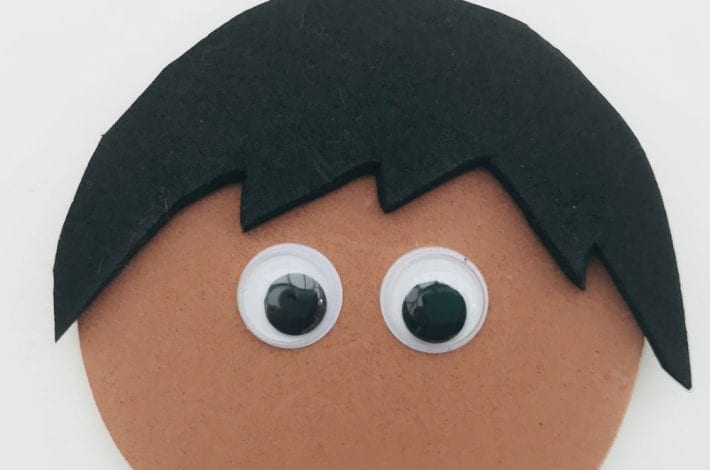

Step 3: Stick on the eyes
Glue on some googly eyes to your faces.
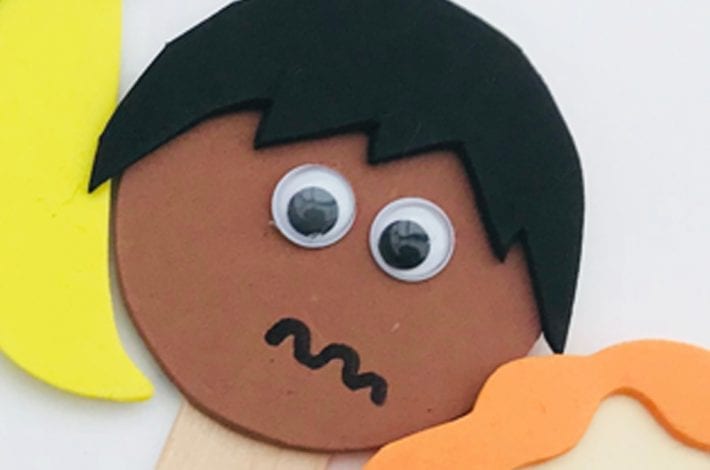

Step 4: Draw on the expressions
Using a black Sharpie pen, draw on a mouth to give your puppet an expression.
Talk about what this expression is and what your puppet might be feeling. What is the emotion called?
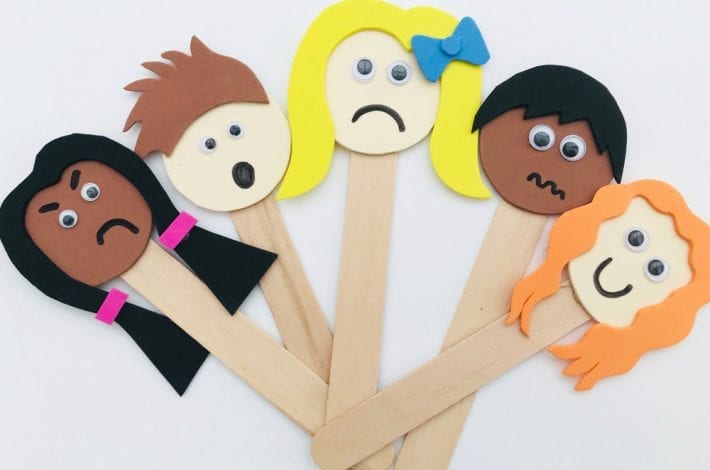

Step 4: Make popsicle emotion puppets for different feelings
Repeat the process to make 4 or 5 puppets, each with different expressions.
Ours have some of the more common emotions. Our puppets are angry, shocked, sad, worried and happy. You could even draw on some eyebrow expressions for added effect!
Name the feelings
Hold up a popsicle puppet one at a time and ask your child what emotion each one is feeling. Are they Happy? Sad? Angry?
Can your child make the same faces to show the emotions? You can have fun making faces together or in a mirror to show each emotion – exaggerating each expression.
Sing songs about feelings
We’ve included some great songs about feelings here below. Each one is set to a well know tune.
As you sing the song you’ll mention different emotions. Ask your child to hold up the correct popsicle puppet for the emotion that comes up in the song.
For example if you sing ‘if you’re happy and you know it’ your child could hold up the puppet which has the happy expression on its face.
Once they get more familiar with the songs, you could take it up a notch. Start singing the songs really really fast so your child has to choose and hold up each puppet quicker and quicker each time.
Song #1: “I have feelings and I know it”
To the tune of ‘If you’re happy and you know it’
If you’re happy and you know it
Make a smile
If you’re happy and you know it
Make a smile
If you’re happy and you know it and you really want to show it
If you’re happy and you know it make a smile
If you’re angry and you know it stamp your feet
If you’re angry and you know it stamp your feet
If you’re angry and you know it
And you really want to show it
Get the anger out when you stamp your feet
If you’re sad and you know it make a frown
If you’re sad and you know it make a frown
If you’re sad and you know it get a hug to try to help it
Have a hug to try to turn your frown upside down
If you’re worried and you know it ask for help
If you’re worried and you know it ask for help
If you’re worried and you know it
It’s best to try and show it
A little help can turn your worries all around
Song #2: “I feel a lot”
To the tune of ‘The Wheels on the Bus’
We’ve included actions to this one as additional extras – in italics
When I feel happy I smile a lot,
Smile a lot, smile a lot (child makes a wide grin)
When I feel happy I smile a lot,
I can’t stop grinning
When I feel angry I shout a lot,
Stamp my feet, shout a lot (child stamps their feet)
When I feel angry I shout a lot
I feel so cross and angry
When I feel worried
I go quite quiet (child puts hands in front of their face)
Hide a bit, can’t speak up
When I worry I feel all wrong
My world feels scary
When I feel shocked
My mouth goes wide
The feelings rush up from inside
When I feel shocked my mouth goes wide
It takes me by surprise
I have big feelings
That’s OK (child makes thumbs up sign)
Sometimes they
Affect my day
When I tell someone
It always helps
And I feel better
Song #3: “How do I feel, how do you?”
To the tune of ‘London Bridge is Falling Down’
How do I feel, how do you?
Are you happy, are you blue?
Are you sad or are you mad?
Are you feeling cross and bad?
Do you feel all wrong and glum
Did you fall out with your mum?
Bad feelings make you feel all wrong
But they don’t have to last for long
Tell a friend and they can help
You’ll feel better about yourself
Helpful Resources
Reading about feelings and emotions is a great way to support this new knowledge. It helps them explore and understand emotions even better.
You could just read together or you could ask them to hold up the correct popsicle emotion puppet for the feelings mentioned in the story.
Books can help us talk about how we feel within ourselves when we experience different emotions. It can even help us to talk about what we can do when big feelings happen.
Recommended books about feelings and emotions:
The Color Monster, Anna Llenas. Find on Amazon here.
“The international bestseller that helps young children identify emotions and feel more in control”
The Way I Feel, Janan Cain. Find on Amazon here.
“Feelings are neither good nor bad, they simply are. Kids need words to name their feelings, just as they need words to name all things in their world.”
Glad Monster, Sad Monster, Ed Emberley. Find on Amazon here.
“Glad, sad, silly, mad – monsters have all kinds of different feelings!”
Happy Hippo, Angry Duck, Sandra Boynton. Find on Amazon here.
“Are you HAPPY AS A HIPPO?
Or ANGRY AS A DUCK?
Maybe SAD AS A CHICKEN?
(Can you sadly say “CLUCK CLUCK”?)”
Get started learning about feelings and emotions. Have loads of fun pulling expressions in the mirror to act our each emotion. Match them to each popsicle emotion puppet.
Talk about what the feeling is called, and what might make you feel that way. Your child should be able to identify what they are feeling and be able to express it in words. They might even move on to exploring what they can do to make themselves feel better if they’re having a negative feeling like anger, sadness or shock.
This post may contain some affiliate links. This means that if you click to make a purchase that we may earn a small commission at no extra cost to you.





